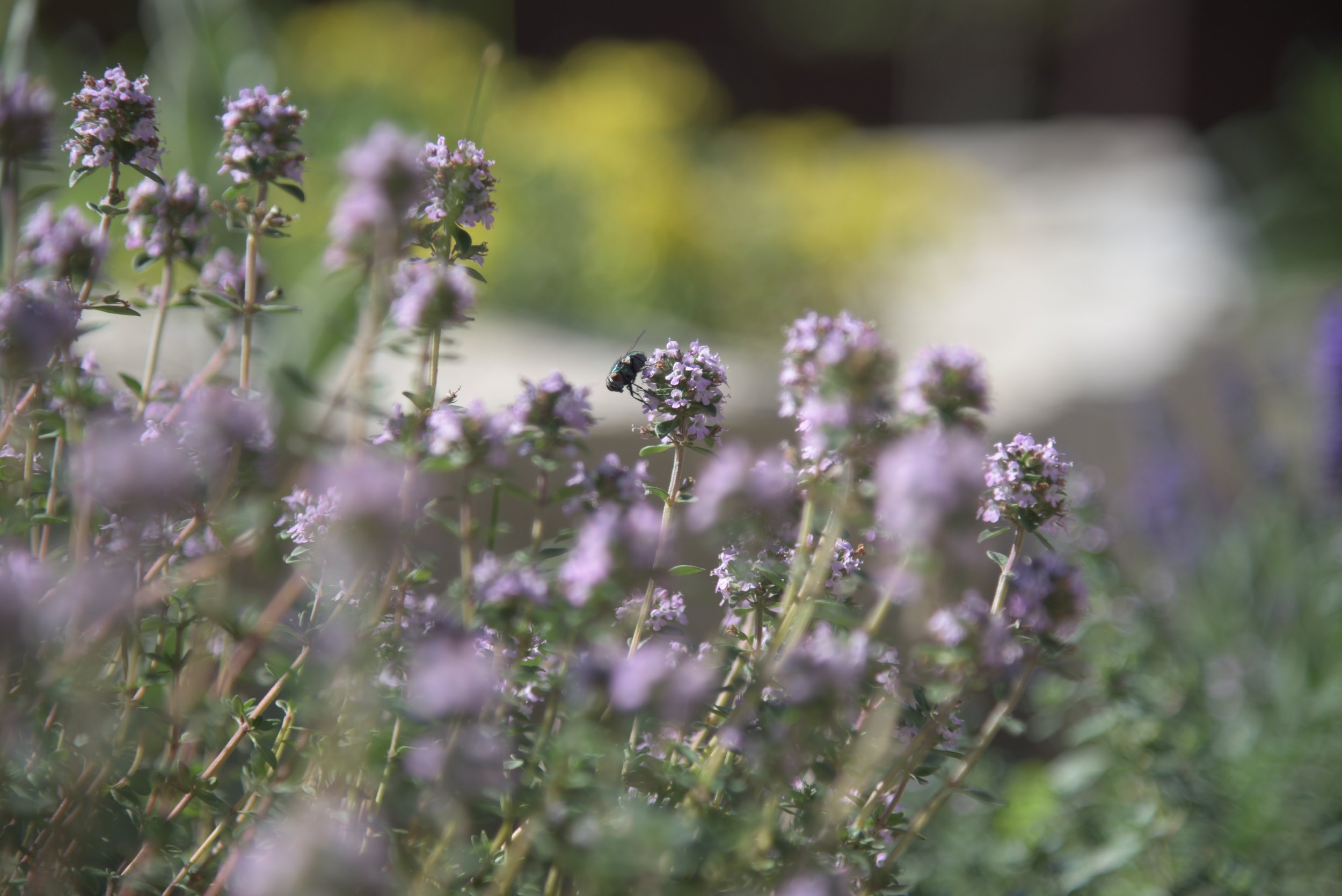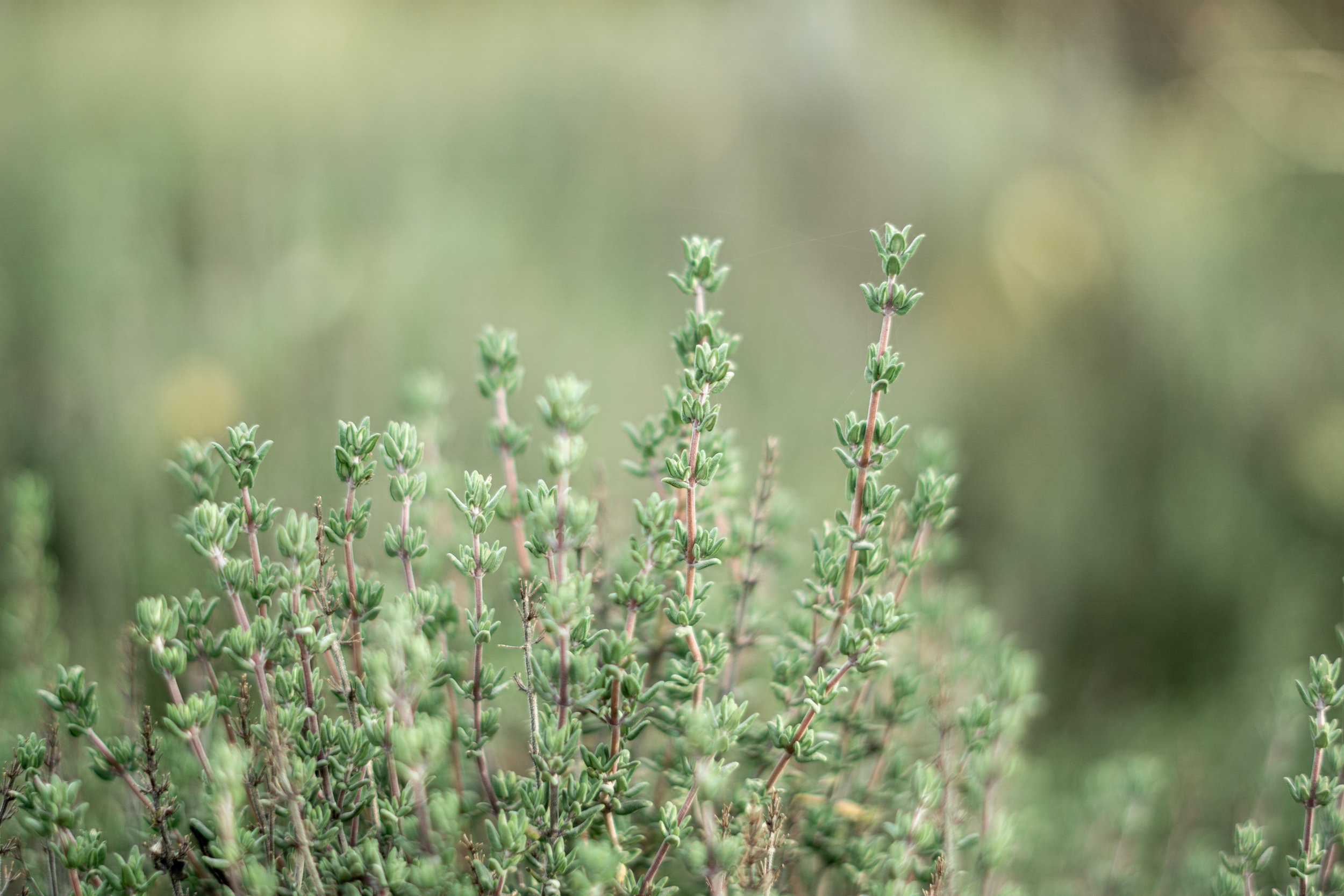My Favorite Daily Tarot Practice
One of my favorite tools for cultivating mindfulness and a sense of wellness day-to-day is the tarot. I use tarot not only as a tool of divination but as a tool of healing, incorporating the cards into my meditation and breathwork practice, as well as into practices of sacred inquiry. As someone who likes meditative practices that include tactile experiences - such as meditative knitting or labyrinth walking - I find the acts of setting up a space to read tarot, holding and shuffling the cards to be pleasing. For me, a daily practice needs to be one that is pleasurable, relatively effortless, and something that creates a sense of steadiness along my path. So I've created my daily healing tarot practice with these things in mind.
To be honest, it took me a while to find the "sweet spot" of a daily tarot practice. I've gone through periods of my life where the idea of pulling a tarot card each day as a divinatory reading (i.e. what might be coming my way today) was far more stressful than helpful. Or a daily tarot practice felt more like navel gazing rather than useful, ruminating over a singular issue for far too long. Other times, when things felt particularly stressful, I could slip into the all too common problem of hoping the cards would tell me explicitly what I should do next. So for a long while I only pulled out my cards to either admire their art (something which is a valuable part of tarot - the way it brings beauty into our world) or only for big occasions. Looking back I realized I needed this fallow period and when I was ready again to work with the cards on a more regular basis, I developed the following daily practice.
My daily tarot practice is not strictly divinatory (i.e. looking to foretell future events or reveal hidden ones past and present), but it does help to illuminate and hopefully provide clarity in certain areas of one's life. The purpose of my daily tarot practice is to provide clarity about and support for my current energy. It's low pressure, contemplative in nature, and meant to help me feel connected to the wider web of community.
There's also a practical nature to a daily tarot practice. If you're new to tarot and learning the meanings of the cards, a daily tarot practice is a great way to learn the cards and practice interpretation on a regular, low-pressure basis. For healers and magickal practitioners, a daily tarot practice can be part of your spiritual practice of energy balancing and psychic hygiene. If you keep notes about the cards you draw it can be a great reference to look back at over the years to see the type of cards that came up seasonally or around certain sabbats and Moon phases.
But before you create (or re-imagine) your own daily (or daily-ish) tarot practice, it's good to ask the question: Why? Not knowing your why can lead to muddled energies, but you also don't have to have a complex why. Your why could be that you like the idea of a daily tarot practice, it's not something you've done before, and it's something you want to try. That's a good starting place. Or you're an old-timer whose been reading the cards for years, but your practice feels stagnated and a daily draw seems like a good way to reinvigorate it. So take a moment to ask yourself:
Why do you want a daily tarot practice?
What are you hoping to learn?
What is the energy you're trying to cultivate?
What are you hoping to feel with a daily tarot practice?
With our curiosity piqued, let me show you my daily tarot practice and hopefully it'll inspire your own.
My Daily Healing Tarot Practice
Before any cards are laid out before me, I like to take a few moments to orient myself to the sacred. What this looks like for me is some simple breathwork to connect with my current energy as well as my own devotional practices. Breathwork, simple body movement, free dance, guided visualization, prayers or affirmations, and more are all ways that we can acknowledge and resonate with the sacredness that lives within all things including ourselves. Part of what makes tarot so magickal and healing is that it can often deliver messages to us when we are most open to hearing them. Orienting oneself to the sacred helps us to hear what needs to be heard and feel what needs to be felt.
I like to lay out a cloth that I then lay my cards on, light a candle, and maybe some sacred sounds. It's another way of signaling to myself that I'm deserving of taking time and space to reflect on my needs so that I can better show up in community spaces amidst all the needs of everyone else. As creating peace in my personal life, the communities I move through, and the Land I live with is an essential part of my wellbeing, creating a beautiful space for my daily meditation and tarot practice reminds me that it is a beautiful thing to practice peace daily. Here is where you might need to reflect on what it is you're trying to cultivate regularly by having a daily tarot (or meditation or prayer or whatever) practice.
I then begin to pull cards, pulling three in total.
The first card represents my current state of energy. It is my personal weather report on my energy and current experience of self. There is typically nothing too surprising about this card, but the images and meaning of the card can often offer another perspective or helpful language to describe my current state of energy that I may have been struggling to find. Sometimes I write in my journal about this and the following cards, but that's usually only when I'm dealing with a particularly sticky pattern of energy and healing need. Usually, I try to simply summarize and speak out loud a short description of my energy as reflected back to me from the card. The speaking out loud is part of the healing work of these daily spreads (or equivalent outward self-expression - such as signing, typing, writing - the goal is to move thoughts from our inner to outer worlds).
Here are some examples of simple card summaries:
Queen of Pentacles: I am feeling abundant and steady in my energy after a period of growth and hard work.
Temperance: I am seeking to find a sense of balance and peace in a world that feels chaotic.
Page of Wands: I am reconnecting to my creative potential after a period of creative fallowness and frustration.
The next two cards are in direct relationship to the first card cast. I pull one card to help me understand what supports my energetic needs and another card to help me understand what hinders my energetic needs. I like that terms like "helps" and "hinders" are relatively neutral but describe deeply personal experiences. What is helpful to me might be cumbersome or hindering to you and vice versa. Nor are things that might hinder me one day bad (i.e. too much socializing that leaves you feeling drained) be inherently bad because on another day they might be exactly what you need energetically (i.e. a social gathering that leaves you feeling energized and happy). It is the same with the help card.
Oftentimes the help and hinder cards support work that I'm already doing around boundaries, relationships, work and rest balance, and so on. They are more often reassurances rather than revelations, though sometimes they are a bit of both, and frequently the cards relay information to me in a way that re-inspires my way of understanding a certain situation or experience of mine.
So let's look at some examples of help and hinder cards in relation to the sample cards above:
For the Queen of Pentacles:
What Helps: With the help of the King of Pentacles I am reminded that thinking beyond this period of abundance and growth is a form of self-care and I should look for connections today with a trusted friend or mentor about the abundance in my life.
What Hinders: With the Moon I am reminded that even in times of growth, rest is necessary and to make sure to make time for extra rest today.
For Temperance:
What Helps: The Ten of Cups reminds me to connect with family and friends to help find balance in my life - it is time to reach out and ask for help because there are plenty of folks in my life who are willing to help.
What Hinders: The King of Swords warns me of being too analytical in my pursuit of balance and thinking myself into a state of confusion, reminding me that balance is achieved through collaboration not through proving I can do it all on my own.
For the Page of Wands:
What Helps: The Knight of Wands encourages me to be brave in my creative pursuits after a period of self-doubt.
What Hinders: The Ace of Cups suggests that there is a need for more self-reflection on my fear around creativity and to not avoid understanding those fears better because I'm afraid I've "lost" my creativity.
Sometimes I pull an extra help or hinder card if the message feels muddled, but that is on a rare occasion and something that I try not to do as the point of this practice is to be short and simple. Oftentimes if I'm feeling perplexed by one of the cards pulled I'll revisit them at the end of the day or make note of them in my journal to look back on later. Their meaning always becomes clear even if that clarity arrives at a later date.
After all three cards are pulled and guidance is spoken out loud, I end with a few more deep and centering breaths and then that's it!
A Few Thoughts
As you can see there is a lot of room for creating a daily healing tarot practice that fits you and your needs the best. For the help and hinder cards you might choose to pull an oracle card that has a direct message. Or you might want a more expansive energetic snapshot and pull a card each for mind, body, and spirit or for each of the energetic centers of your body. While I tend to pull the first card as a general energetic overview, you might have a specific issue or area in your life that you want to focus on - do it! You're developing a tarot practice for you and the way you think and feel, so adjust your approach as necessary.
In addition to being a lovely way of encouraging a sense of wellness in an effortless sort of way, my daily tarot practice has been a fun way to get to know new-to-me decks that come into my collection. Reading with a new deck in this gentle sort of way has been a rewarding way of getting to know the world, characters, and energy of a new-to-me deck while exploring my own energetic landscape.
Most importantly, my daily healing tarot practice has helped me to fall in love with using the tarot everyday again. I needed to take the pressure off of reading the cards as a form of divination or even intense self-reflection while still being interesting over a long period of time and this practice does just that for me. The boundary of these types of readings are meant only for the next 24 hours, I'm not trying to gaze too far into time and space in any direction, and I get to check in with myself in a way that automatically comes with much needed reassurance and guidance.
I hope you find the sweet spot that is your very own tarot practice, whether it's casting cards daily, at the change of the seasons, once a year or whenever the Moon is new.
᠅
If you're looking for more tarot spreads to inspire your practice, here you go. For those of you interested in exploring further ways of developing more healing practices with the tarot, I have a post for you. I've also written about developing a healing practice from a lunar perspective if that is more of your style.
For me, my tarot practice is intertwined with my herbal practice and if you want to learn more about that you're invited to join me in The Tarot Apothecary.
I hope you create a daily (or sometimes or whenever) tarot practice that supports you and who you are becoming.
This post was made possible through patron support.
❤︎ Thanks, friends. ❤︎






















